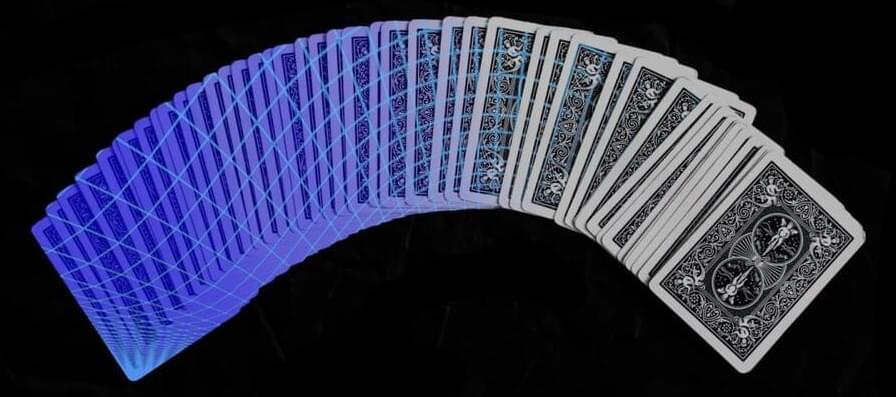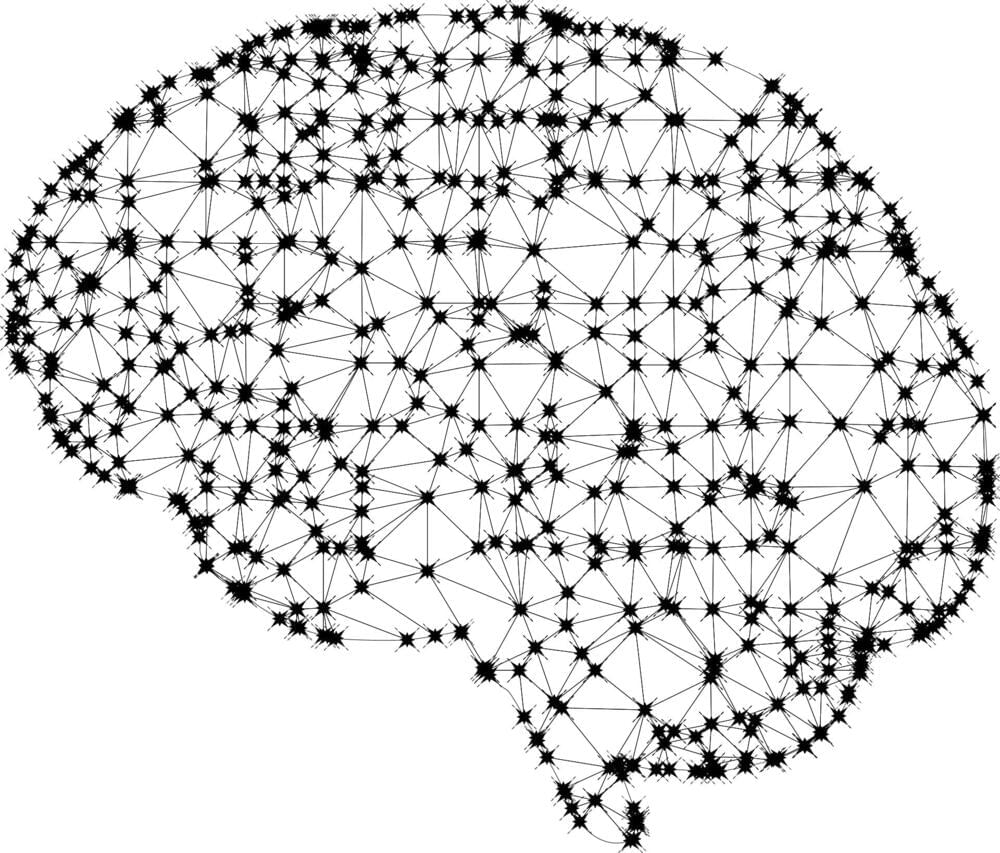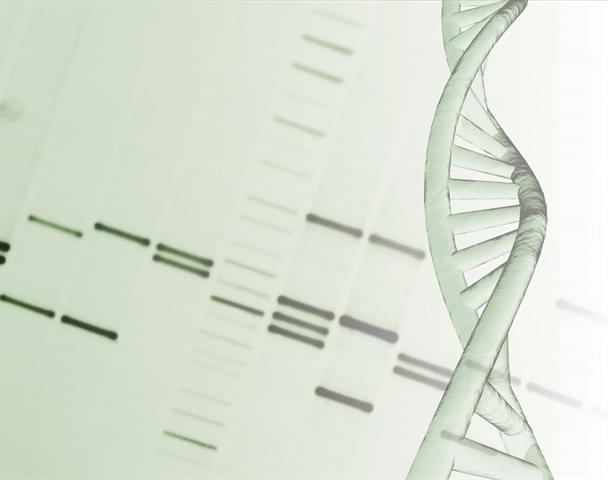Salesforce’s survey shows that age and employment status are major factors in AI adoption.




Does hot water freeze faster than cold water? Aristotle may have been the first to tackle this question that later became known as the Mpemba effect.
This phenomenon originally referred to the non-monotonic initial temperature dependence of the freezing start time, but it has been observed in various systems — including colloids — and has also become known as a mysterious relaxation phenomenon that depends on initial conditions.
However, very few have previously investigated the effect in quantum systems.

Even linguistics experts are largely unable to spot the difference between writing created by artificial intelligence or humans, according to a new study co-authored by a University of South Florida assistant professor.
Research just published in the journal Research Methods in Applied Linguistics revealed that experts from the world’s top linguistic journals could differentiate between AI-and human-generated abstracts less than 39 percent of the time.
“We thought if anybody is going to be able to identify human-produced writing, it should be people in linguistics who’ve spent their careers studying patterns in language and other aspects of human communication,” said Matthew Kessler, a scholar in the USF the Department of World Languages.
Would you like to hear more news stories like this one? If so, head over to LifespanNews for more longevity news, science, and advocacy episodes! Visit https://www.youtube.com/lifespannews.
▼▼ Description, sources, and more below ▼▼
In this episode of Lifespan News:
0:00 Intro.
0:38 Young.ai — artificial intelligence for tracking aging in humans.
1:35 A Link Between the Microbiome, Heat, and Osteoporosis.
2:34 Age-Related Female Fertility Decline Linked to Mitochondrial Mutation.
4:14 A New Microporous Membrane for Skin Regeneration.
5:13 Microtubule Stabilization Ameliorates Alzheimer’s Symptoms in Mice.
Visit https://youtube.com/BrentNally for more of Brent’s content!
Executive Producer: Keith Comito.
Processing on the fly gives extreme drones the edge.


Researchers at Karolinska Institute have developed a novel method using DNA Nanoballs to detect pathogens, aiming to simplify nucleic acid testing and revolutionize pathogen detection. The study’s results, published in Science Advances, could pave the way for a straightforward electronic-based test capable of identifying various nucleic acids in diverse scenarios quickly and cheaply.
Principal investigator Vicent Pelechano, an associate professor at Karolinska Institute’s Department of Microbiology, Tumor and Cell Biology, is cautiously optimistic about the technology’s potential to detect an array of pathogenic agents in real-world settings.
“The methodology involves combining Molecular Biology (DNA Nanoball generation) and electronics (electric impedance-based quantification) to yield a pioneering detection tool”, says Vicent Pelechano.

This is a big deal, kids.
For the past five years, Silicon Valley biotech Rejuvenation Technologies has been quietly working on a therapeutic platform to extend telomeres in the human body, with the goal of boosting longevity and healthspan. Yesterday, the company emerged from stealth with a healthy seed funding round of $10.6 million, led by Khosla Ventures.
Rejuvenation has developed a synthetic mRNA-based approach to restoring telomeres to a “healthy length” – capable of reversing a decade of telomere shortening in a single dose. The mRNA produces telomerase, an enzyme that plays a critical role in maintaining the length of telomeres. Following positive preclinical results in lung and liver disease indications, the company is now preparing the path towards its first in-human trials.
Longevity. Technology: Telomeres are protective structures on our DNA that prevent the loss of genetic information as the cells in our bodies divide. With each cellular division, our telomeres gradually shorten and, when they become critically short, our cells enter a state of senescence or die. Research has shown that telomere length is closely associated with lifespan and healthspan, and telomere shortening is recognized as one of the primary hallmarks of aging.
While it has long been known that the enzyme telomerase extends telomeres, it was only recently that safe, rapid telomere extension has been enabled by the delivery of mRNA. To learn more about how Rejuvenation Technologies is targeting telomeres and longevity, we caught up with co-founders Dr Glenn Markov and Dr John Ramunas.
Immune cells have to respond to threats like invading pathogens and cancerous cells, and sometimes, they must push through tissues and move into tight spaces, and do it quickly. New work has shown that some immune cells have their own mechanisms to guide them through environments that are tough to navigate so they can reach the right place in time. This work, which has been reported in Science Immunology, may also help us learn more about boosting the natural immune response.
Dendritic cells are a type of white blood cell that are crucial to the immune response. They help link the general innate immune reaction that fights invaders broadly, and the adaptive immune response, which is aimed at very specific targets. Dendritic cells sit in tissues, monitoring it for foreign substances. If an infection is identified, the dendritic cells swing into action and signaling molecules called chemokines help them move to the lymph nodes to trigger the next part of the immune response.